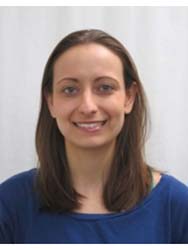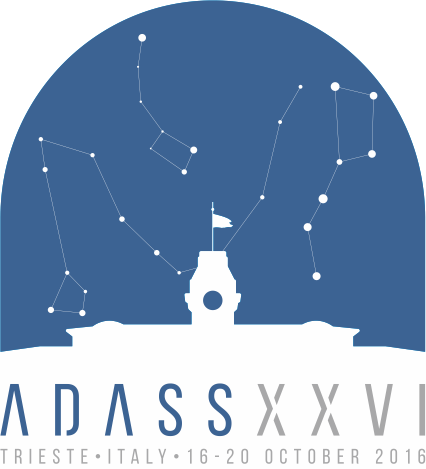Nyland Kristina
Contact

- Position:
- NRAO - National Radio Astronomical Observatory, Charlottesville, VA USA
- Address
- United States
Miscellaneous Information
- Miscellaneous Information
-
Abstract Reference: 30765
Identifier: O8.3
Presentation: Oral communication
Key Theme: 1 Reduction and Analysis Algorithms for Large Databases and Vice-versa
An Enhanced Multiwavelength Photometric Catalog for the Spitzer Extragalactic Representative Volume SurveyAuthors:
Nyland Kristina, Lacy MarkAlthough our knowledge of the physics of galaxy evolution has made great strides over the past few decades, we still lack a complete understanding of the formation and growth of galaxies at high redshift. The Spitzer Extragalactic Representative Volume Survey (SERVS) aims to address this issue through deep Spitzer observations at [3.6] and [4.5] microns of 4 million sources distributed over five well-studied “deep fields” with abundant ancillary data from ground-based near-infrared surveys. The large SERVS footprint covers 18 square degrees and will provide a census of the multiwavelength properties of massive galaxies in the redshift range z = 1-6. A critical aspect of the scientific success and legacy value of SERVS is the construction of a robust source catalog. While multiwavelength source catalogs of the SERVS fields have been generated using traditional techniques, the photometric accuracy of these catalogs is limited by their inability to correctly measure fluxes of individual sources that are blended and/or inherently faint in the IRAC bands. To improve upon this shortfall and maximize the scientific impact of SERVS, we are using The Tractor image modeling code to produce a more accurate and complete multiwavelength source catalog. The Tractor optimizes a likelihood for the source properties given an image cut-out, light profile model, and the PSF information. Thus, The Tractor uses the source properties at the fiducial, highest-resolution band as a prior to more accurately measure the source properties in the lower-resolution images at longer wavelengths. We provide an overview of our parallelized implementation of The Tractor, discuss the subsequent improvements to the SERVS photometry, and suggest future applications.



